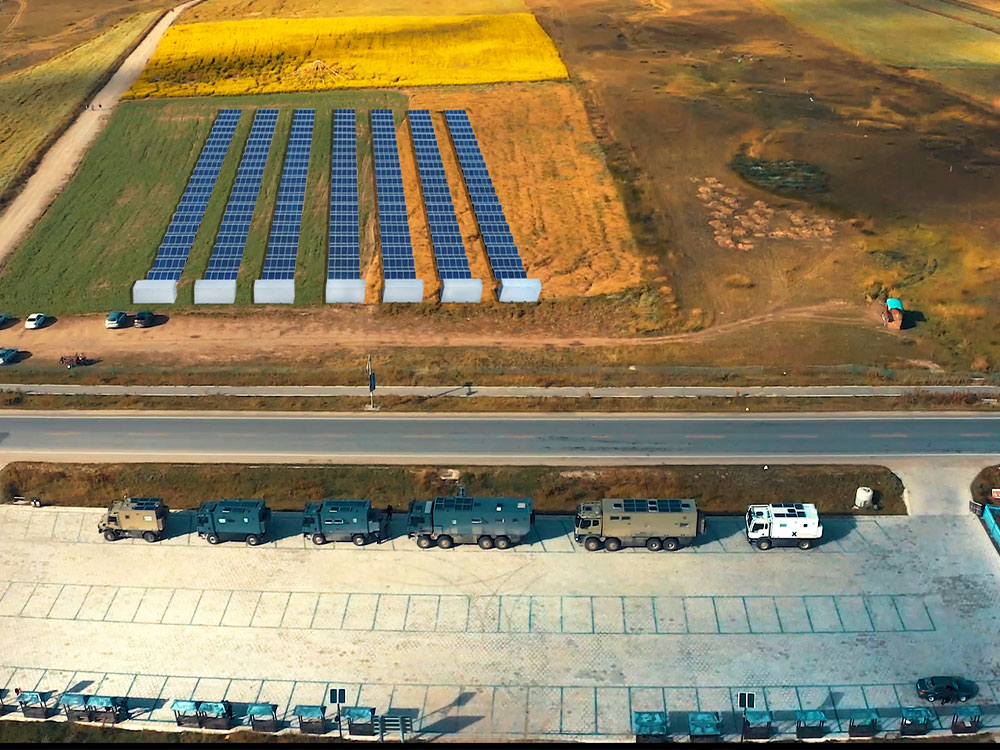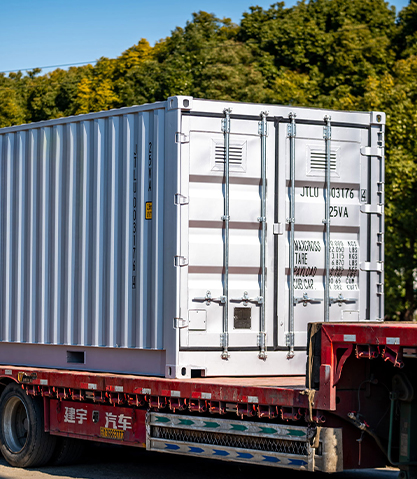As global demand for sustainable energy grows, PV solutions have become a cornerstone of renewable energy strategies. A photovoltaic (PV) solution harnesses sunlight and converts it into electricity, offering an eco-friendly alternative to fossil fuels while supporting energy efficiency for residential, commercial, and industrial applications. With innovations in solar technology, PV solutions are becoming more efficient, cost-effective, and adaptable than ever before.
Content
What is a PV Solution?
A PV solution, also known as a solar PV system, includes multiple components that work together to capture, convert, and manage solar energy:
- Solar panels: High-efficiency photovoltaic cells capture sunlight and generate direct current (DC) electricity.
- Inverters: Convert DC electricity into alternating current (AC) for household, commercial, or grid use.
- Mounting systems: Secure solar panels in optimal positions for sunlight exposure and durability.
- Monitoring systems: Track energy production, system performance, and maintenance needs.
Modern PV solutions are modular and scalable, suitable for rooftop solar installations, ground-mounted solar farms, and floating PV systems, making them adaptable to a wide range of energy requirements and geographic locations.
Advantages of PV Solutions
-
Environmental Sustainability
Solar PV solutions generate electricity without greenhouse gas emissions or air pollutants. By replacing fossil fuel-based power, they directly reduce carbon footprints and contribute to global climate action goals. -
Energy Cost Savings
Once installed, PV solutions provide low-cost electricity over their operational lifespan. With decreasing costs of solar panels and government incentives, residential and commercial users can achieve rapid return on investment while lowering utility bills. -
Scalability and Flexibility
PV solutions can be deployed on small scales for homes or on large scales for commercial and utility projects. This flexibility ensures that both residential solar systems and industrial solar solutions can meet energy demands efficiently. -
Low Maintenance Requirements
High-quality PV systems are designed for durability with minimal maintenance. Advanced solar monitoring platforms allow users to track performance and identify maintenance needs, ensuring maximum efficiency and longevity. -
Energy Independence
By generating electricity on-site, PV solutions reduce reliance on the grid, protect against energy price fluctuations, and increase energy security, especially in remote or off-grid areas.
Key Applications of PV Solutions
- Residential PV Systems: Rooftop solar panels provide homeowners with clean, affordable electricity and the option to sell surplus power back to the grid.
- Commercial Solar Solutions: Businesses benefit from reduced energy costs and demonstrate sustainability commitments through on-site PV installations.
- Utility-Scale Solar Farms: Large-scale PV installations supply renewable energy to the grid, supporting regional energy transition strategies.
- Off-Grid Solar PV Systems: Essential for remote locations, off-grid PV solutions provide electricity to communities, hospitals, schools, and infrastructure projects.
Innovations Driving PV Solutions
The PV industry is constantly evolving, driven by technological innovations:
- Bifacial Solar Panels: Capture sunlight from both the front and back sides of panels, increasing energy production.
- Tracking Systems: Adjust panel orientation automatically to follow the sun and maximize exposure.
- Energy Storage Integration: Combine PV solutions with batteries to store excess electricity for nighttime or cloudy-day usage.
- High-Efficiency Cells: Advanced materials such as monocrystalline silicon and perovskites improve conversion efficiency and reduce installation costs.
These innovations make PV solutions more reliable, efficient, and suitable for a wide range of applications, from residential solar rooftops to large-scale industrial energy projects.

Challenges and Solutions
Despite their benefits, PV solutions face challenges:
- Intermittent Energy Supply: Solar power depends on sunlight availability. Integrating energy storage systems and smart grid technology mitigates this limitation.
- Initial Capital Costs: While decreasing, upfront costs can still be high. Incentives, subsidies, and long-term savings make PV solutions financially viable.
- Grid Integration: Connecting PV systems to existing grids requires planning and infrastructure upgrades, but modern smart grids enable smooth integration.
The Future of PV Solutions
The global solar PV market is expanding rapidly due to technological advances, supportive policies, and growing awareness of environmental sustainability. PV solutions are expected to play an increasingly important role in achieving renewable energy targets worldwide. With ongoing innovation in materials, system design, and energy management, PV solutions will become more efficient, affordable, and accessible for residential, commercial, and industrial users alike.
Conclusion
A PV solution is more than just a solar panel installation; it is a complete system that offers clean, reliable, and cost-effective energy. By combining solar panels, inverters, mounting systems, and monitoring platforms, PV solutions deliver tangible benefits including reduced carbon emissions, energy cost savings, and improved energy independence. Whether deployed in homes, businesses, or utility-scale projects, PV solutions are shaping the future of renewable energy and driving global sustainability initiatives.
With continuous technological innovations and increasing adoption worldwide, PV solutions remain a key driver in the transition to a greener, more sustainable energy future.

 English
English 中文简体
中文简体 عربى
عربى



